Nosongjeong Head House[Korea Quality] / 노송정종택(퇴계생가)[한국관광 품질인증]
18.7 Km 17499 2023-10-30
46-5 , Onhyejungma-gil, Andong-si, Gyeongsangbuk-do
+82-54-856-1052
Nosongjeong Head House is located in Dosan-myeon, Andong, Gyeongsangbuk-do and is the birthplace of Toegye Yi Hwang. The room in which Toegye Yi Hwang was born is known as Toegye Taesil, and it is uniquely designed in the shape of a castle with banisters covering three sides of the center. There are seven guest rooms, including keun sarangchae (large detached building) and chaekbang (study), and a bathroom in anbang (main room). Nosongjeong Pavilion consists of two large rooms with a maru equivalent of a wide wooden-floored area, and the bathroom and shower are outside. Guests staying in the upper room, lower room, large room, and small room also have to use the outdoor bathroom. Nearby are historic sites such as the Dosanseowon Confucian Academy, Cheongnyangsa Temple, and Gukmangbong Peak.
On-gye Jongtaeg (Sambaegdang) [Korea Quality] / 온계종택 삼백당 [한국관광 품질인증]
18.8 Km 155 2023-10-30
20 , Onhyejungma-gil, Andong-si, Gyeongsangbuk-do
+82-10-8704-3434, +82-10-2988-3435
Ongye Jongtaek Sambaekdang in Andong, Gyeongsangbuk-do, is a restored hanok and original home of Ongye Lee Hae, the older brother of the famous Toegye Lee Hwang. Right outside the hanok stands a 500-year-old chestnut tree, symbolic guardian of the village. Some guestrooms have bathrooms with toilet, while some have AC. The shower room, laundry room, kitchen, storage room, and wood-floor sitting room are shared. For groups of 10 or more, an outdoor barbecue can be arranged - but inquire ahead. Visitors who book in advance can take part in handicraft programs such as tea-bag making.
Cheongnyangsan Provincial Park (청량산도립공원)
18.9 Km 11209 2022-07-26
39, Gwangseok-gil, Bonghwa-gun, Gyeongsangbuk-do
+82-54-679-6651
Cheongnyangsan Mountain, with an altitude of 870 meters, is hidden away from civilization. Attractions in the mountain are 12 peaks including Geumtapbong Peak, eight caves, Gwangchangpokpo Falls, and Cheongnyangsa Temple, built by Buddhist monk Wonhyo during King Munmu’s third year of reign during the Silla Period (57 BC - AD 935).
Behind the Cheongnyangsan Provincial Park’s entrance boulder is a monument with a poem inscribed on it by the famous scholar Toegye Yi Hwang of the Joseon period called Cheongnyangsanga. Aside from Toegye Yi Hwang, Wonhyo and Uisang, caligraphy master Gimsaeng, scholar Choi Chi-won, and many others came to this mountain to cultivate their arts. Their presence still lingers in legends, being retold to this day.
Punggi Ginseng Market (풍기인삼시장)
18.9 Km 20455 2021-06-08
8, Insam-ro, Yeongju-si, Gyeongsangbuk-do
+82-54-636-7948
Punggi Ginseng Market first opened in 1965, selling various vegetables with a focus on ginseng. Visitors can enjoy different kinds of ginseng products while also trying foods made with ginseng. Every late September to early October, Punggi Ginseng Festival is held, providing various events and programs for visitors to experience.
Choamsa Temple - Yeongju (초암사(영주))
19.1 Km 9012 2020-03-27
330, Jukgye-ro 315beon-gil, Yeongju-si, Gyeongsangbuk-do
+82-54-633-2322
In search of a great place to build a Buddhist Temple invoking national security, Great Monk Uisang travelled around the country and reached this place. He built a small thatched hut here for a temporary stay and continued his search. Finally, he found a perfect place and built Buseoksa Temple. He also set up another temple in the site where his small thatched hut was and called it Choamsa Temple. Choamsa Temple is located below the valley in the south of Gungmangbong Peak of Sobaeksan Mountain. After the Korean War, the temple building had to be rebuilt, but it managed to preserve some of Provincial Tangible Cultural Asset including Samcheung Seoktap (a three-storied stone pagoda; Tangible Cultural Property 126), Dongbudo (East Stupa; Tangible Cultural Property 128) and Seobudo (West Stupa; Tangible Cultural Property 129).
* Jukgyegugok Valley
The valley stretching from Baejeom-ni to Choamsa Temple is called Jukgyegugok which Sobaeksan Mountain surrounds like a folding screen. Near the valley, one can find famous tourist attractions such as the Sosuseowon Confucian Academy and Buseoksa Temple. Toegye Yi Hwang came up with the name Jukgyegugok inspired by the fantastic scenery of the valley and the beautiful sound of the flowing water.
Yeongju Punggi Insam Festival (경북영주 풍기인삼축제)
19.2 Km 21775 2023-09-14
Seongnae-ri, Punggi-eup, Yeongju-si, Gyeongsangbuk-do
+82-54-635-0020
Insam, ginseng, is a representative health food in Korea that boosts energy and immunity. Yeongju Punggi Insam Festival is held every October when ginseng is at its most nutritious. The festival includes various ginseng-themed programs like harvesting ginseng, trying foods made with ginseng, exhibitions, cultural programs and more. Ginseng and red ginseng products are also sold at the festival at discounted prices.
World Punggi Ginseng Expo (영주세계풍기인삼엑스포)
19.4 Km 0 2023-04-18
964, Sinjae-ro, Yeongju-si, Gyeongsangbuk-do
054-639-4801
Punggi-eup, Yeongju-si, Gyeongsangbuk-do is known as the first cultivation site of Korean ginseng. It is located in the highland area surrounded by Taebaeksan Mountain and Sobaek Mountain Range. The quality is firm because it is grown in rich soil, continental cold climate, and well-drained sandy loam with a large daily temperature range. It has a highly effective saponin content and an excellent immunity-enhancing effect.
This expo will be decorated with various things to see and enjoy, such as exhibitions, trade, conferences, events, experiences, and tours.
It plans to operate six exhibition halls, including the theme hall, life science hall, and ginseng future hall, and hold forums, academic conferences, talk concerts, and various conferences.
Maguryeong Pass / Gochiryeong Pass (마구령/고치령)
20.0 Km 33668 2024-02-23
[Maguryeong Pass] Imgok-ri, Buseok-myeon, Yeongju-si, Gyeongsangbuk-do
Maguryeong Pass and Gochiryeong Pass stand as iconic hills of Sobaeksan Mountain. They are known for their historical significance as rugged pathways where people and goods traversed during the Goryeo and Joseon dynasties. Situated on the easternmost edge of Sobaeksan Mountain, Maguryeong Pass derives its name from its function: "Magu" meaning "harness" and "Ryeong" meaning "pass" in Korean, highlighting its past as a route where merchants commonly traveled on horseback. Meanwhile, Gochiryeong Pass served as a vital transport link to the Gwandong and Hoseo regions. In the Silla dynasty, this pass was earmarked for palace construction at the base of the hill, which led to its name "Gochiryeong" – "Go" indicating "old", "Chi" representing "hill", and "Ryeong" meaning "pass" in Korean – effectively translating to "old hill pass".
![Nosongjeong Head House[Korea Quality] / 노송정종택(퇴계생가)[한국관광 품질인증]](http://tong.visitkorea.or.kr/cms/resource/83/3021983_image2_1.jpg)
![On-gye Jongtaeg (Sambaegdang) [Korea Quality] / 온계종택 삼백당 [한국관광 품질인증]](http://tong.visitkorea.or.kr/cms/resource/75/3021675_image2_1.jpg)
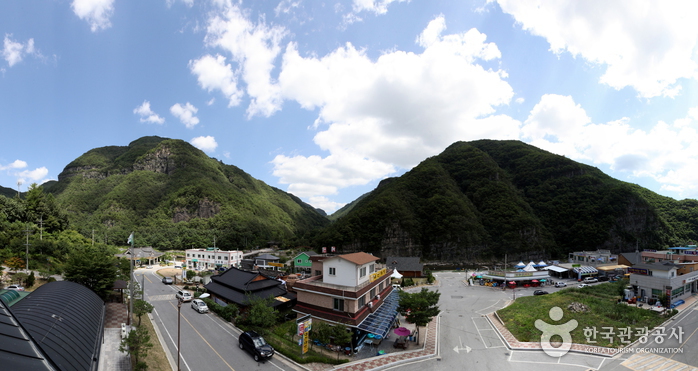
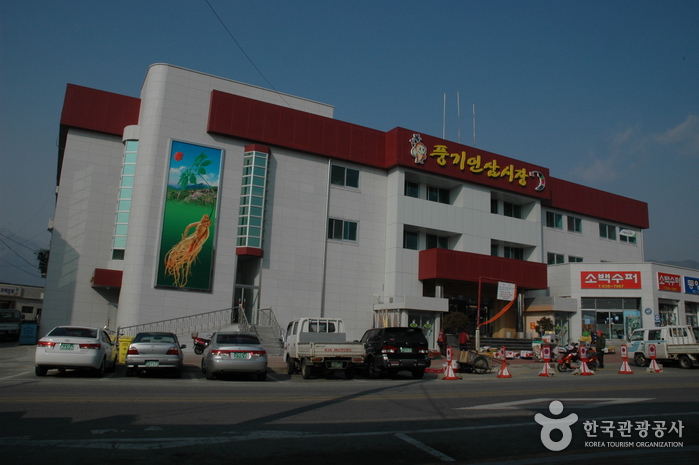
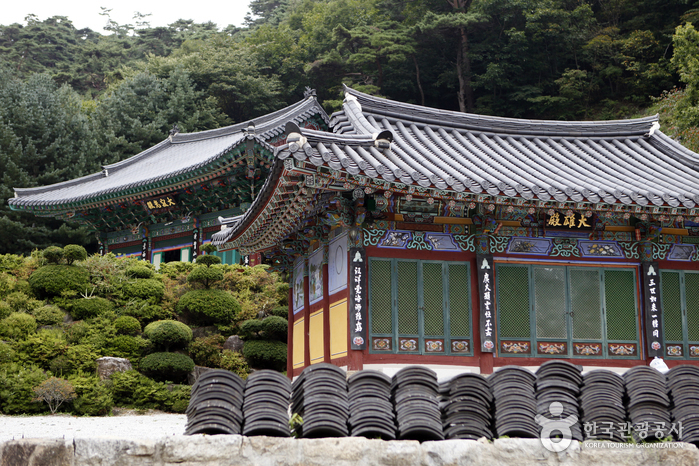
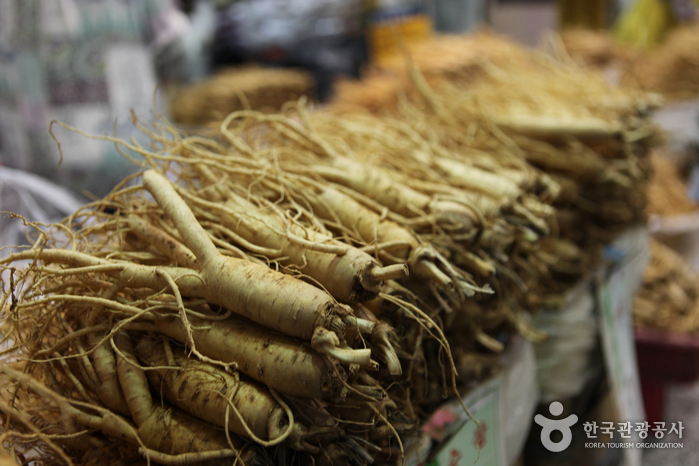
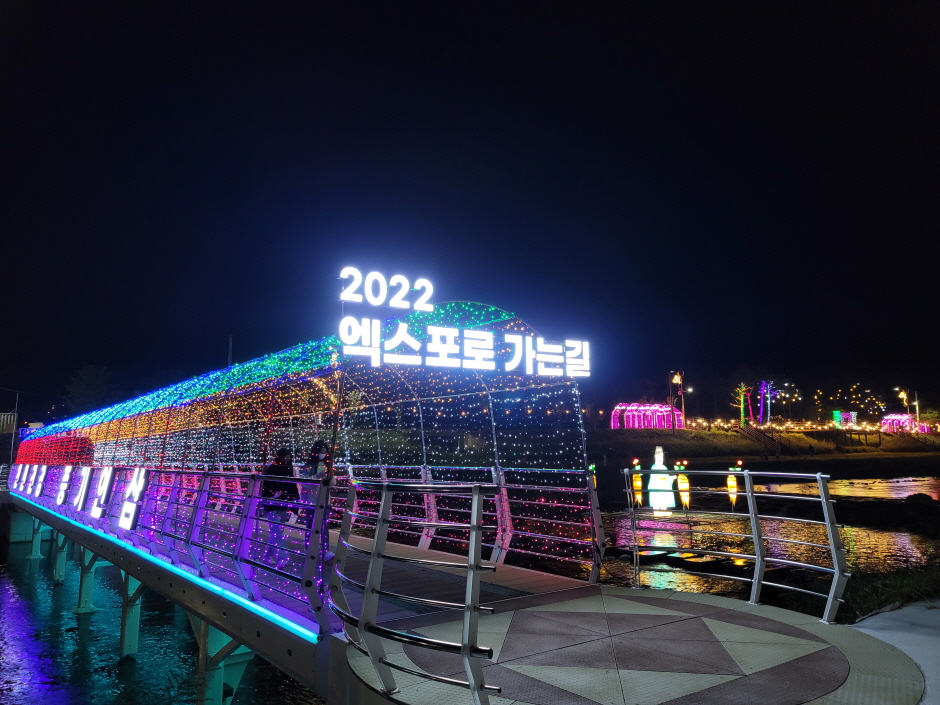
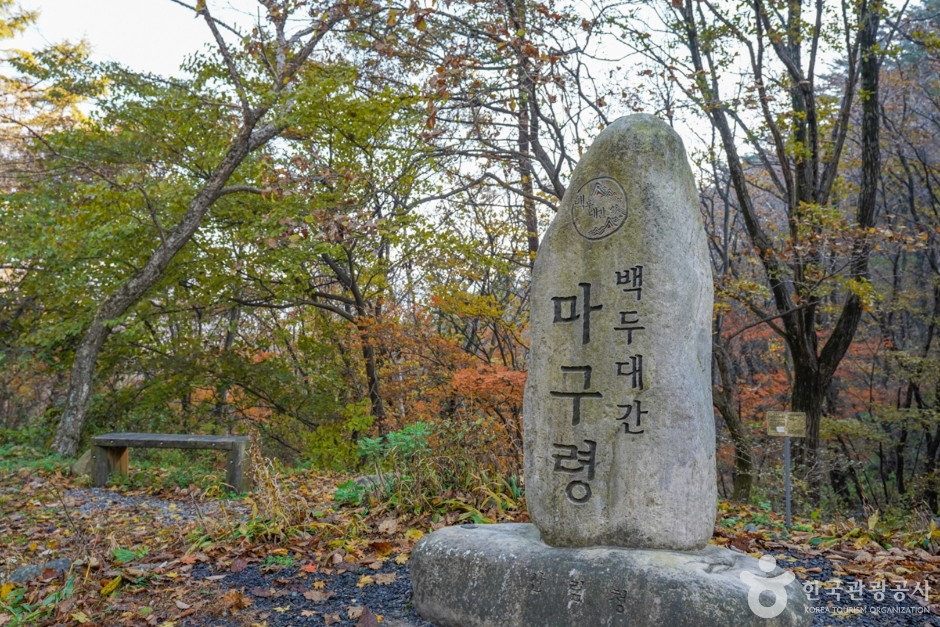
 English
English
 한국어
한국어 日本語
日本語 中文(简体)
中文(简体) Deutsch
Deutsch Français
Français Español
Español Русский
Русский